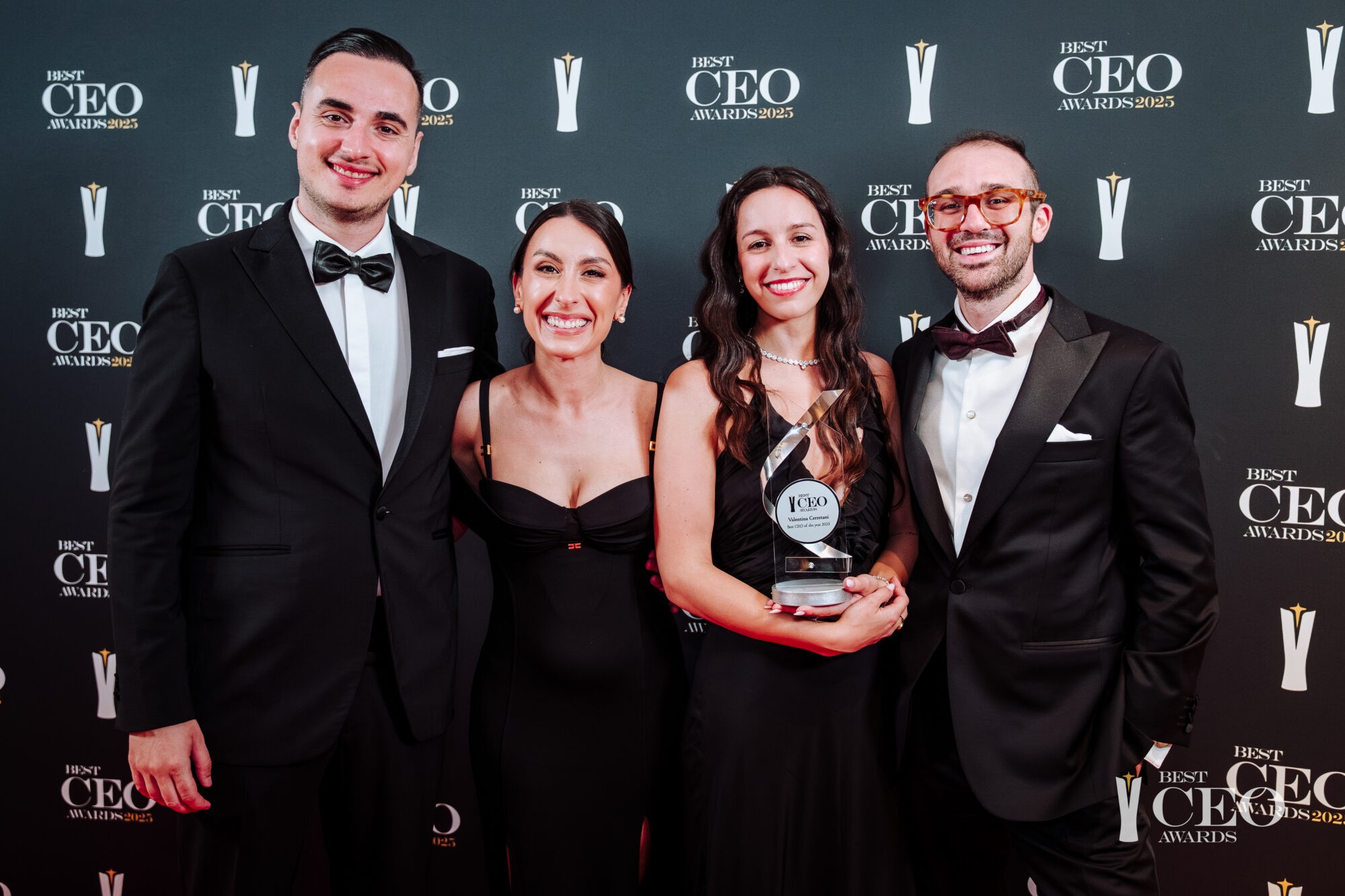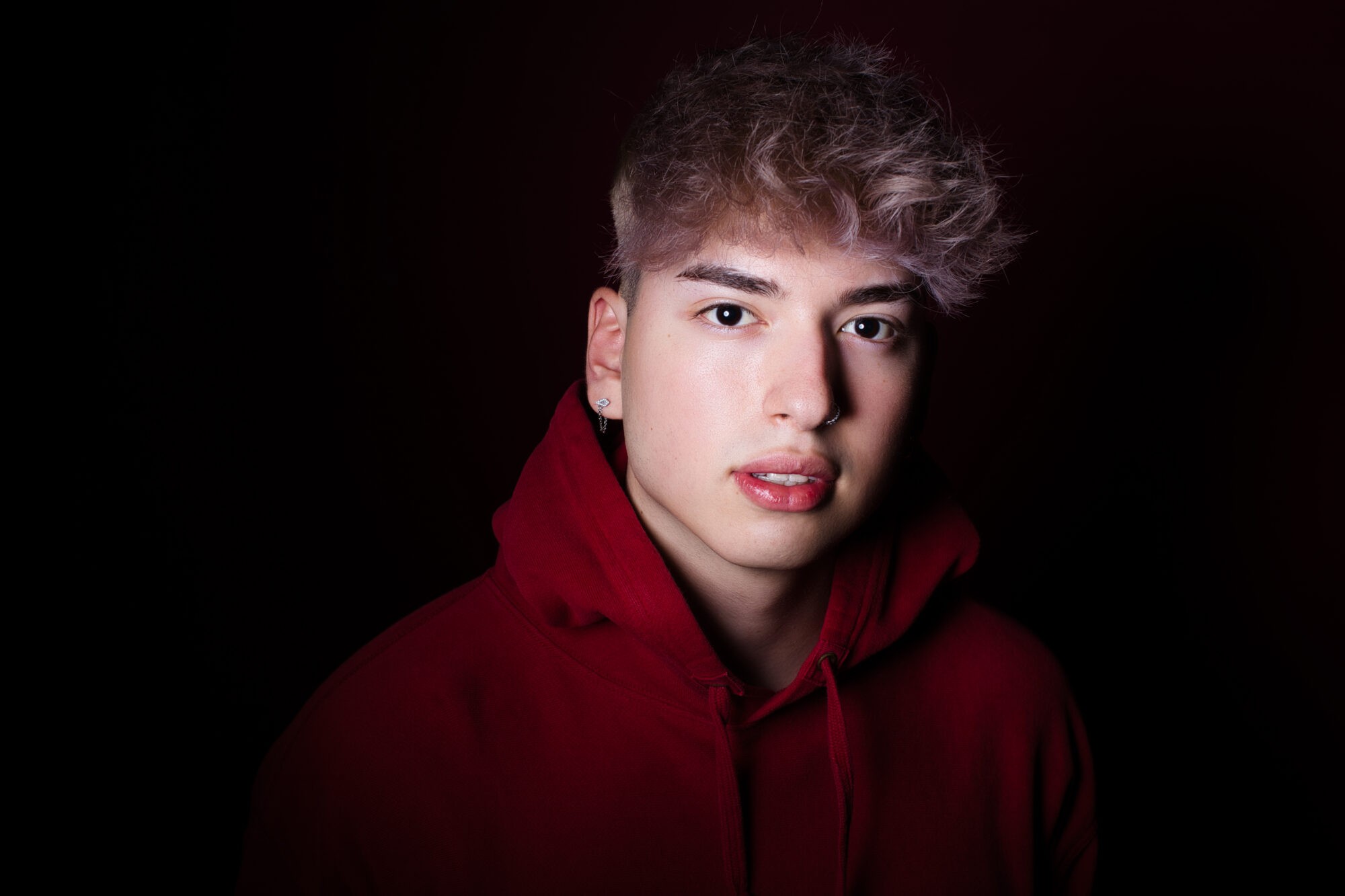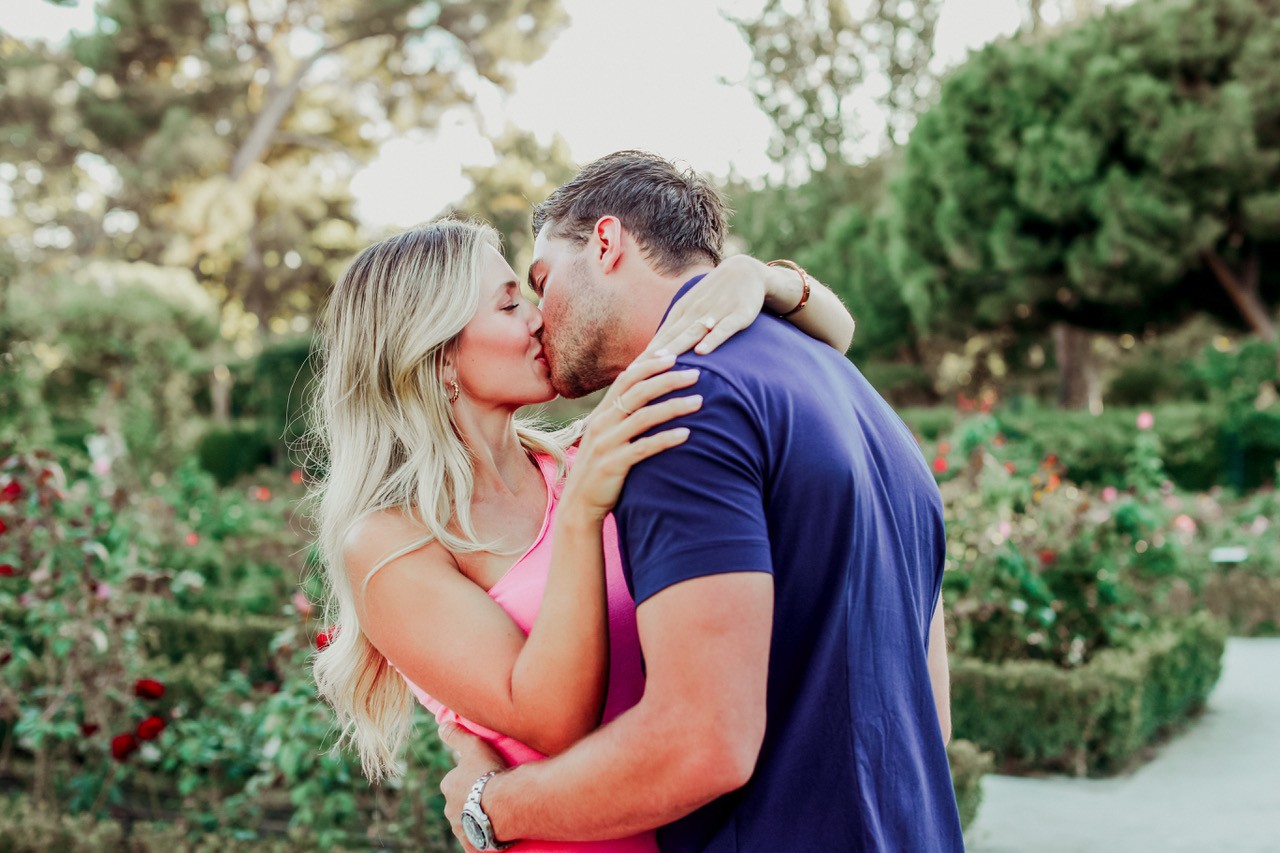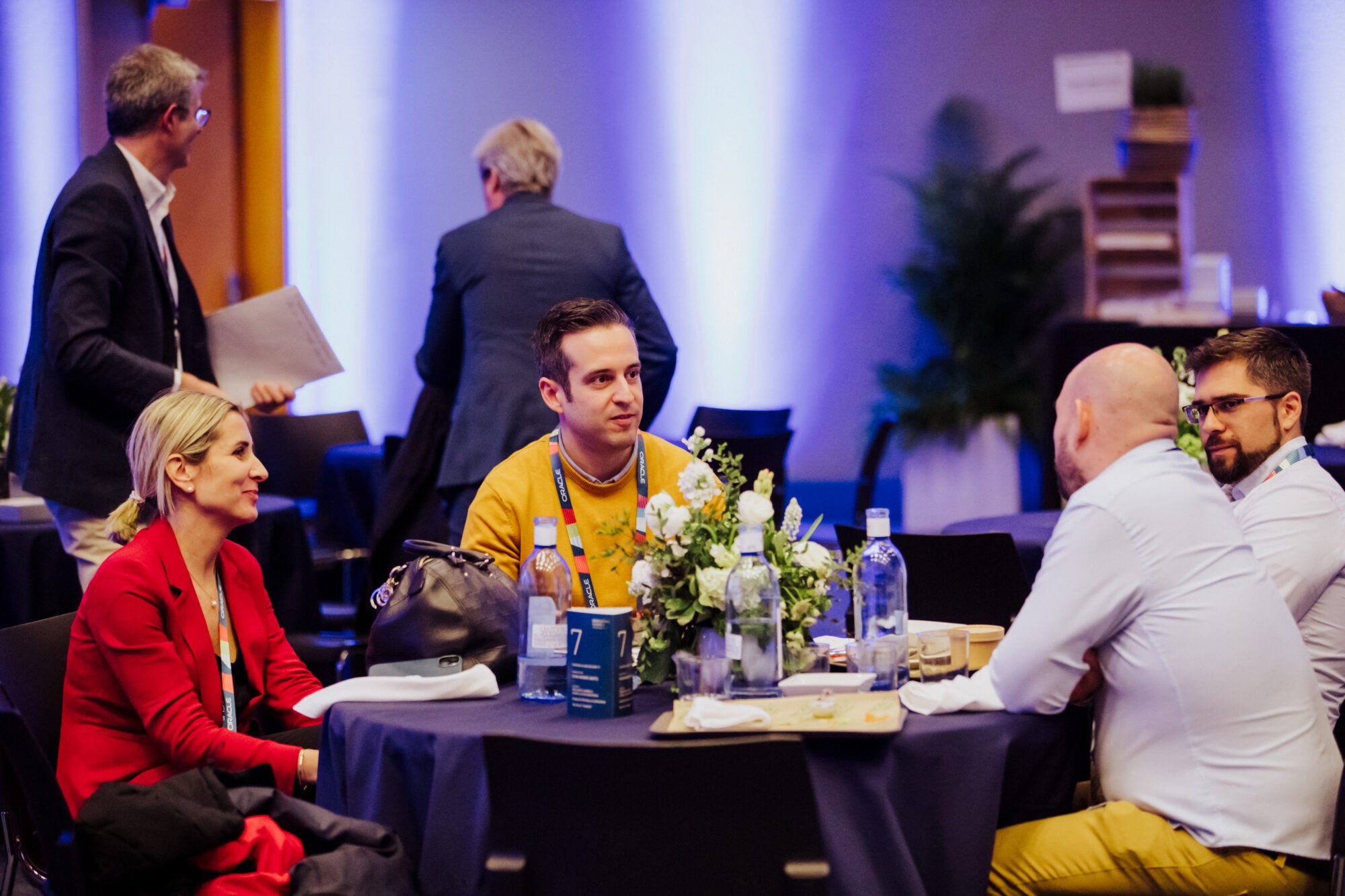Both Canon and Nikon offer exceptional cameras in 2025, each with specific strengths. The Canon EOS R1 stands out for its speed and advanced video capabilities, making it ideal for sports photographers and videographers. On the other hand, the Nikon Z9 offers superior resolution and a highly accurate autofocus system, making it an excellent choice for nature and event photographers. The choice between the two will depend on your specific needs and personal preferences in terms of ergonomics and workflow.
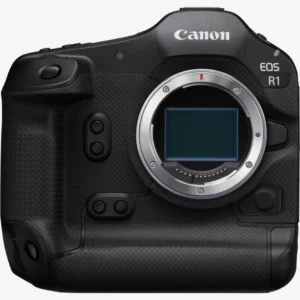
Canon EOS R1: The flagship for professionals
The Canon EOS R1 is the jewel in Canon's crown in 2025. With a 24.2 MP full-frame stacked CMOS sensor, it offers a continuous shooting speed of up to 40 fps, ideal for sports and action photography. Its ability to record video in 6K RAW at 60p and 4K at 120p makes it a versatile tool for demanding videographers. The Dual Pixel CMOS AF II autofocus system ensures accurate and fast tracking of moving subjects. And its rugged, weather-resistant construction makes it perfect for demanding conditions.
Nikon Z9: Power and precision in a single body
The Nikon Z9 is positioned as the main competitor to the EOS R1. Equipped with a 45.7 MP full-frame stacked CMOS sensor, it offers exceptional image quality and a continuous shooting speed of up to 30 fps. Its ability to record video in 8K at 30p and 4K at 120p makes it ideal for cinematic productions. The autofocus system with 3D tracking, eye and animal detection ensures outstanding accuracy. Its rugged, weather-sealed construction makes it a reliable choice for nature and sports photographers.
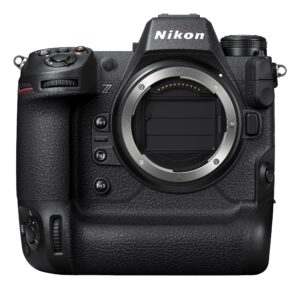
Technical comparison
| Feature | Canon EOS R1 | Nikon Z9 |
| Sensor | 24.2 MP full-frame stacked CMOS | Stacked full-frame CMOS 45.7 MP |
| Continuous shooting | Up to 40 fps | Up to 30 fps |
| Video | 6K RAW @ 60p, 4K @ 120p | 8K at 30p, 4K at 120p |
| Automatic focus | Dual Pixel CMOS AF II | 3D tracking, eye and animal detection |
| Stabilisation | In the body (IBIS) | In the body (IBIS) |
| Electronic display | 9.44 million points | 3.69 million points |
| Screen | 3.2″ flip-up touch screen | 3.2″ flip-up touch screen |
| Construction | Magnesium alloy, sealed | Magnesium alloy, sealed |
| Weight | 1.150 g | 1.340 g |
How does the landscape change depending on the camera?
A picture is worth a thousand words, and when it comes to professional cameras, that phrase becomes even truer. Here, we look at how the same landscape can look completely different depending on the system it was captured on.
Canon EOS R1: Emphasising visual drama
The photo taken with a Canon EOS R1 has warm colours, vibrant saturation and sharp contrast. The green leaves look more intense, the sky has a cinematic drama and the shadows give more depth. This type of look is ideal if you're looking for a striking in-camera style, perfect for advertising work or visual content that needs to stand out at first glance.
Nikon Z9: True fidelity and natural detail
The same scene captured with a Nikon Z9 has a completely different character. Here, the tones are cooler, the contrast is softer and the light feels more even. There is not as much 'wow effect', but the rendering is very true to reality. This approach is preferred by landscape, editorial portrait and documentary photographers, as it offers more freedom in post-production and a more honest style.
Which one to choose according to your profile?
Are you a content creator, influencer or commercial photographer? The Canon EOS R1 is probably more suited to your style: eye-catching, publication-ready results without a lot of retouching.
Are you a portrait photographer, wedding videographer or landscape photographer? Then the Nikon Z9 can give you a more natural base, with a focus on realism and versatility in editing.
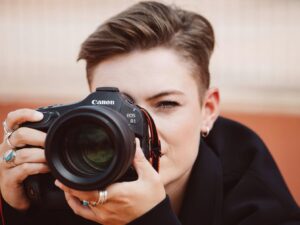
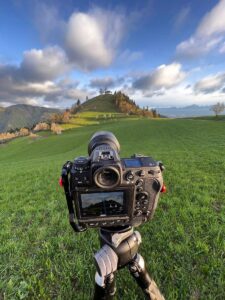

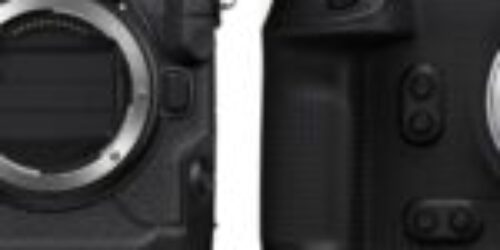
![Audiovisual recording at a corporate event How to Succeed in Professional Photography in the Digital Age [Guide 2025-2026].](https://lupu.agency/wp-content/uploads/2025/07/Event-organisers-in-Madrid3.jpg)
